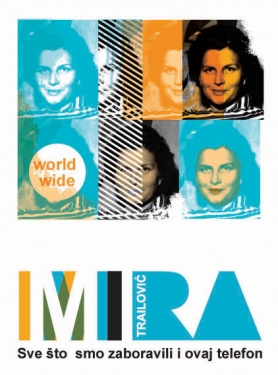
We kindly inform you that, as long as the subject affiliation of our 300.000+ articles is in progress, you might get unsufficient or no results on your third level or second level search. In this case, please broaden your search criteria.

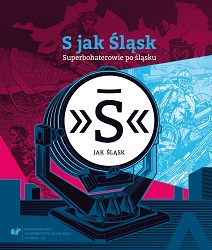
The publication comprises illustrations drawn and texts written by Marek Głowacki, which were created as a part of an artistic project “Dial S for Silesia – Silesian-Style Superheroes.” It includes a series of comic-book illustrations depicting characters bound to the region of Silesia, in particular Cieszyn Silesia being a place to which the author has both personal and professional ties. What can be found in the book are over thirty drawingsexecuted in comic-book fashion, created using digital and traditional methods, and published in a form of an artist’s book. The characters depicted are based on reallife Silesians whose achievements put them on a par with superheroes in a broad sense of the word. Głowacki’s way of engaging us into lives of the figures in question is embedded in a tradition of the black-and-white comic-book imagery. Their attainments are showcased by singular, detail-rich illustrations. In addition to drawings the publication contains the author’s text on comic book as genre and drawings as such, as well as passages concerning the specificity of the region and the superhuman nature of Silesians directly stemming from it.The project was realised within the scope of Young Scholars (Młodzi Naukowcy) subsidy that aims at advancement of young academic staff of the Faculty of Fine Arts and Music, University of Silesia in Katowice. Marek Głowacki, PhD, is an adjunct professor at the Department of Drawings of the Fine Arts Institute located in Cieszyn, where he is in charge of a drawings workshop.
More...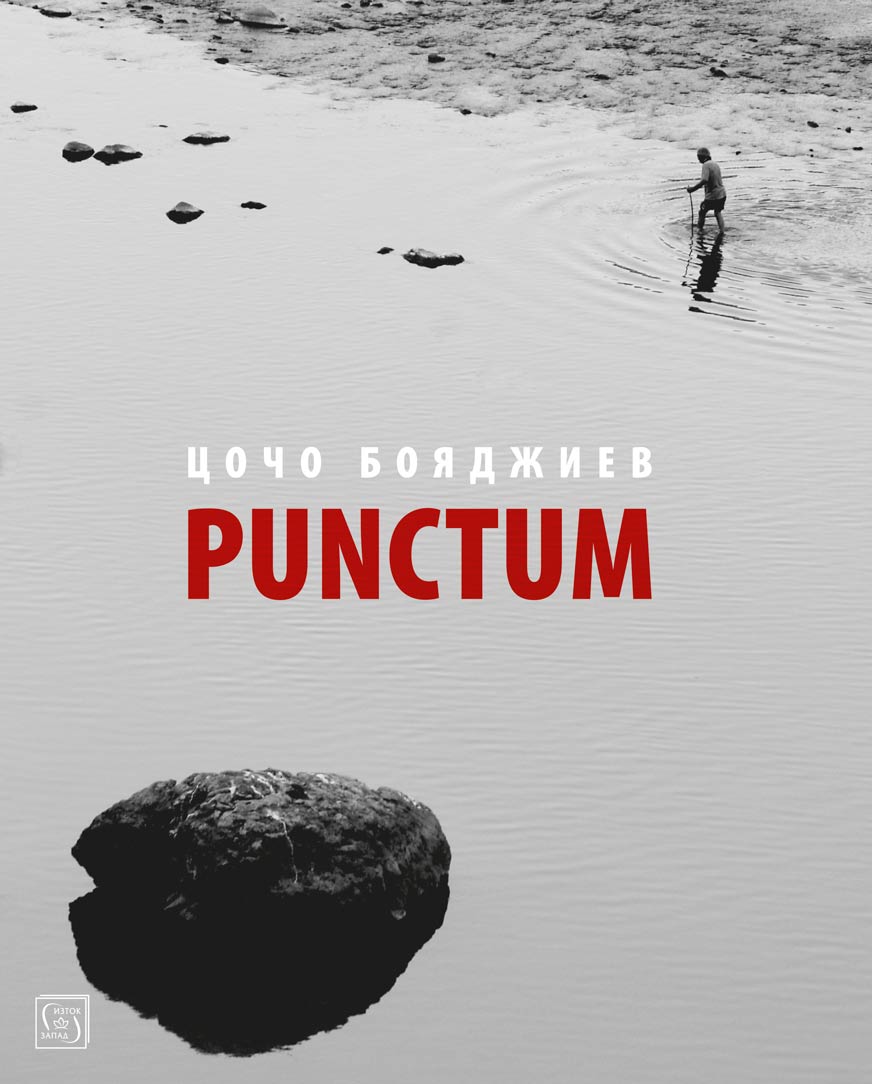
Here, in this album, Tzotcho Boiadjiev is a photographer. Good photographer, excellent photographer. But Tsocho Boyadjiev is not just a photographer. He is also a philosopher, a professor, a historian, theoretician of photography, a poet, a lecturer, an interpreter... Tsocho Boyadjiev transforms the crucial moments caught in reality into moments of determination, showing eternity of life, the freedom of life. With several techniques of photo-capture: parallels, intersections, branching, crossings, contrasts.
More...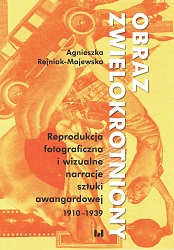
The publication is devoted to the role played by the means of technical reproduction and the image transmission processes in promoting avant-garde concepts of art in the early decades of the twentieth century. Referring to Walter Benjamin’s thesis from the 1930s that photography and the availability of reproduction changed the modern concept of art by offering new artistic tools, the author seeks to explore how the use of reproduction influenced the new ways of art presentation and the development of an international network of artistic exchange.
More...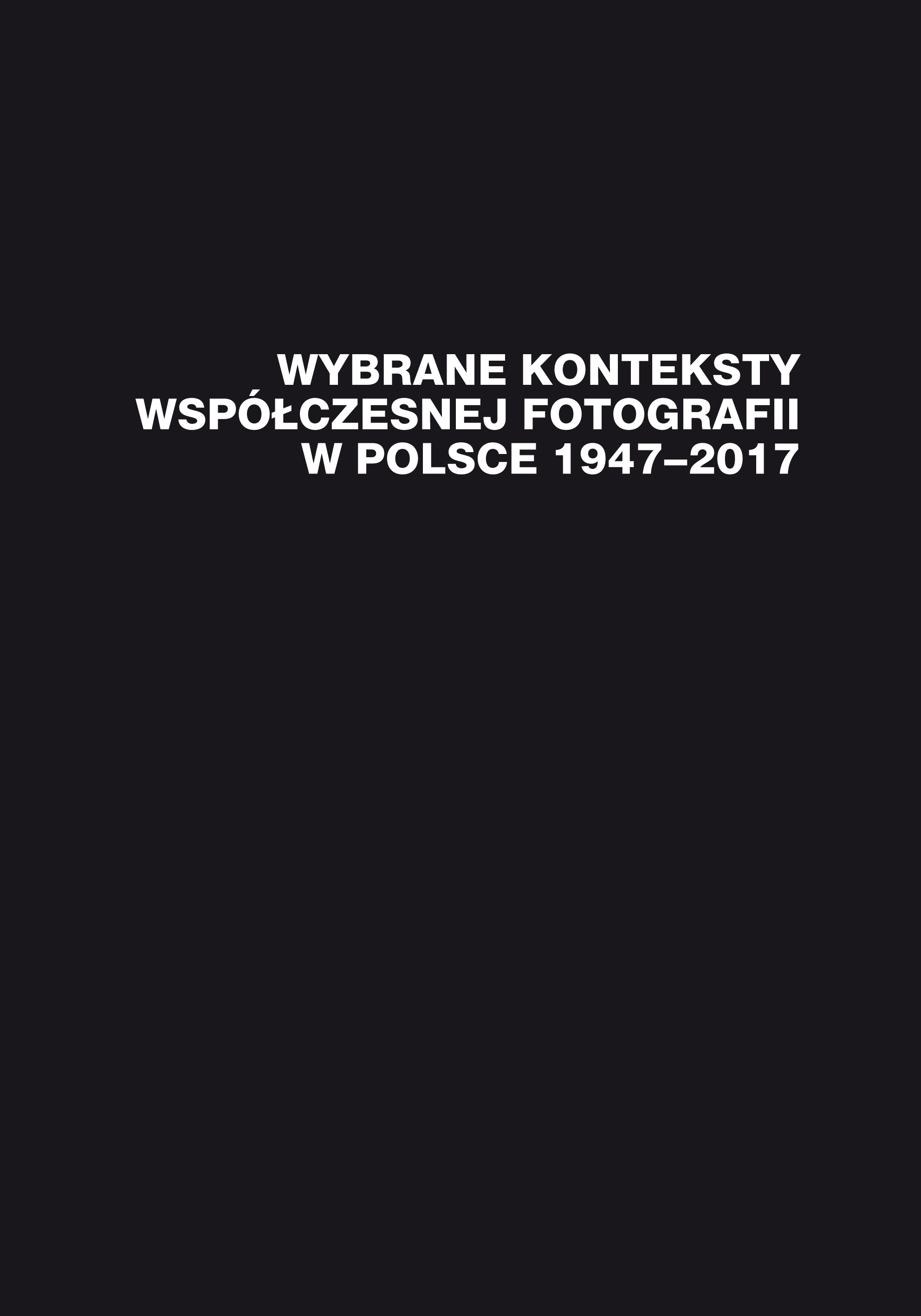
In its essence, photography is a process upon which an image is conjured up by an object itself, namely, through the way light acts on a given photosensitive object. Yet, photography is also a discipline of humanities that for a dozen or so decades has been developing various techniques and technologies, styles and tendencies. In this day and age photography is virtually omnipresent. Therefore, we experience manifold orders, manners in which photographic images are circulated, while we interact with different screens, read printed dailies, leaf through photo albums, catalogues, or wander through galeries and museums. The present publication attempts to reference selected notions relating to artistic photography in Poland. The authors come from various photograhy-related research backgrounds; they are both theoreticians and practicioners, which results in a quite comprehensive and multifaceted presentation of photographic works in Poland. The paramount aim of our monograph is to elucidate some apects pertaining to the medium of photography in Poland between 1947 and 2017, that have come to our attention. The book creates the tapestry of selected events, facts, activities, personalities, and tendencies, which transpired over the course of seven decades since the year 1947. The subsequent texts build a bridge of sorts between the activities of the pre-World War Two association called Fotoklub Polski (the Polish Photoclub), its co-founder’s, Jan Bułhak’s, organizational endeavours, and the activities of ZPAF (Association of Polish Art Photographers), also including some intermediate phenomena in photography during the late 1960s and early 70s, the works of idiosyncratic artists, such as: Andrzej Różycki, Zygmunt Rytka, Stefan Wojnecki, and Zbigniew Dłubak, as well as reportage photography in Upper Silesia, exhibitions by the Extravagance Gallery in the Sosnowiec Centre for Art – Sielecki Castle, open-air photography as a form of encounter, and the video recording as a photographer’s portrait.The publication is addressed to students of arts who work with photographic medium both in practical capacity and as a research subject.
More...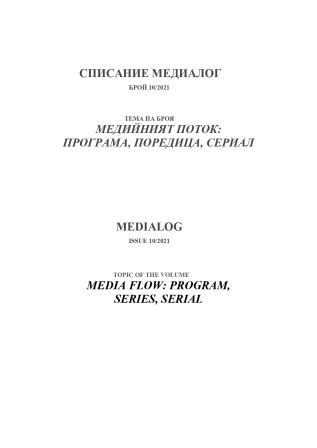
The text presents the main conclusions based on the study of the political messages in the Turkish series broadcasted on Bulgarian television and on Netflix. The main political messages in the series, showed on Bulgarian television, are the responsibility for decisions, connect with the life of a woman and a child. Among the important political topics are: migration, education abroad and returning home, conflicts between rich and poor.
More...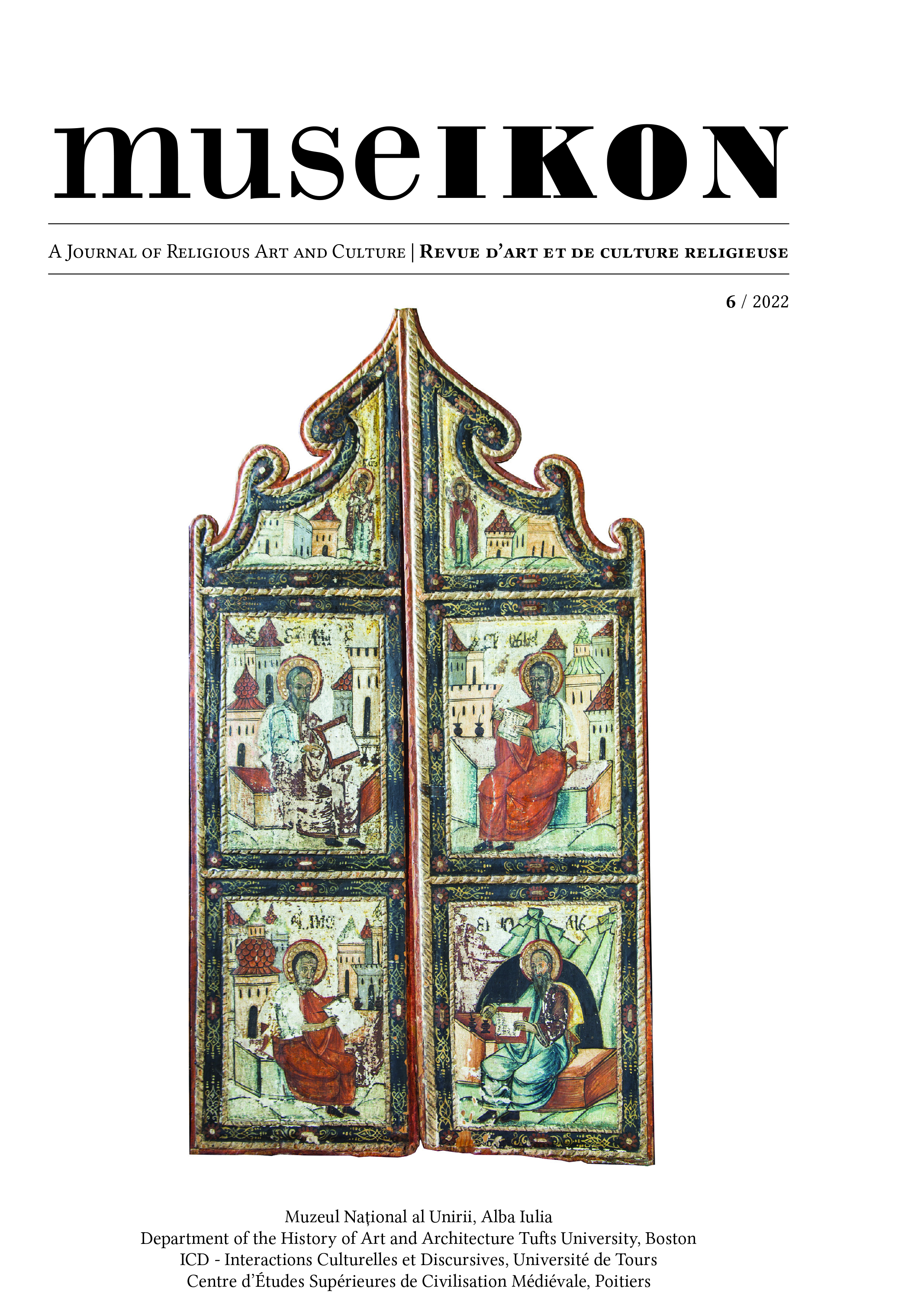
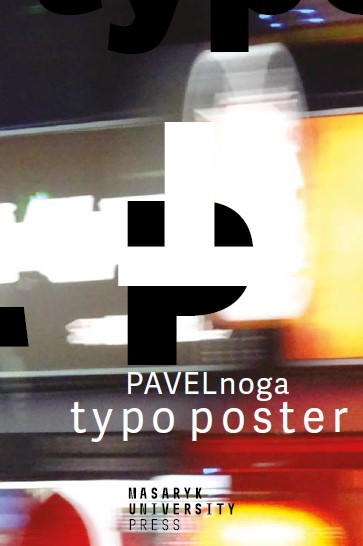
A typeface is one of the basic tools of human communication and for a long time a poster belonged to the most widespread means of mass communication. Upon the arrival of digital technologies it seemed that a poster would gradually disappear from the print media. However, it turns out that along with still more intensive everyday use of various text displays, there is also a renaissance of a traditional typeface poster and its extinction is probably not in sight yet.
More...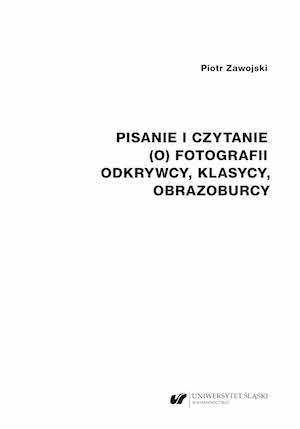
This book is an attempt at a new interpretation of texts by classical authors who write about photography as a medium, a way of recording the world, a tool of artistic creation and epistemological machinery. In addition to these re-interpreted authors, the book also includes chapters devoted to authors who propose new recognition of the phenomenon of photography, especially in the context of the expansion of new visual media and reflections on its “inhuman” dimension. A dozen chapters in the style of a scientific essay – which for the author means combining the accessibility of the argument without resigning from in-depth analysis and interpretation – is intended to present the diversity of looking at photography.
More...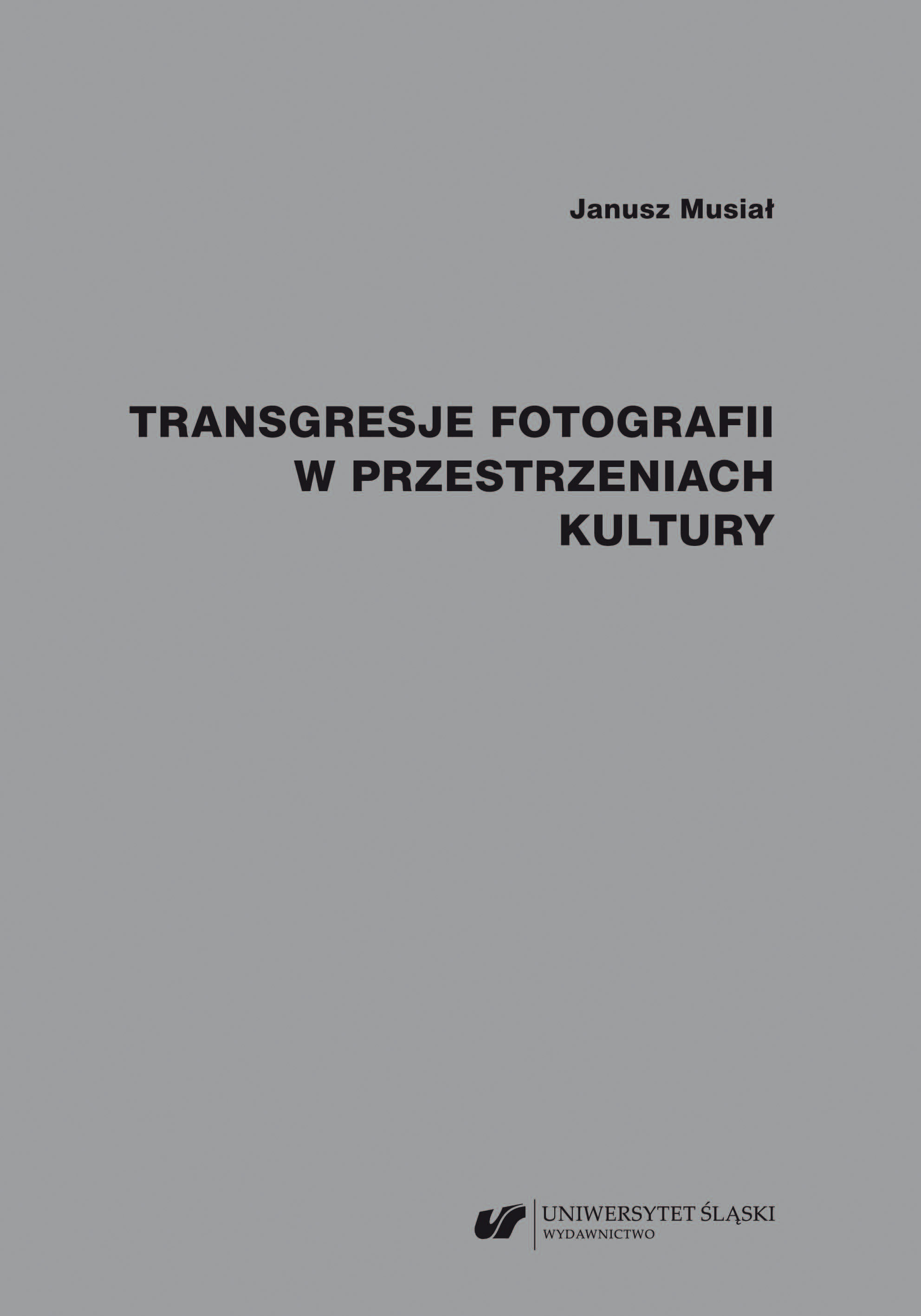
The book is an attempt to answer questions about the changes in the landscape of contemporary visual culture - how information techniques and technologies, and new digital media affect the form and functions of technical images - and in particular the medium of photography, the author's status and applied artistic strategies. The aim of this book is to present the issues related to the evolution of the form and content of a technical image, assuming that digital technologies cause revolutionary transformations in the media space of optical-mechanical imaging, in the way the world is perceived and in the way of participating in contemporary visual culture.
More...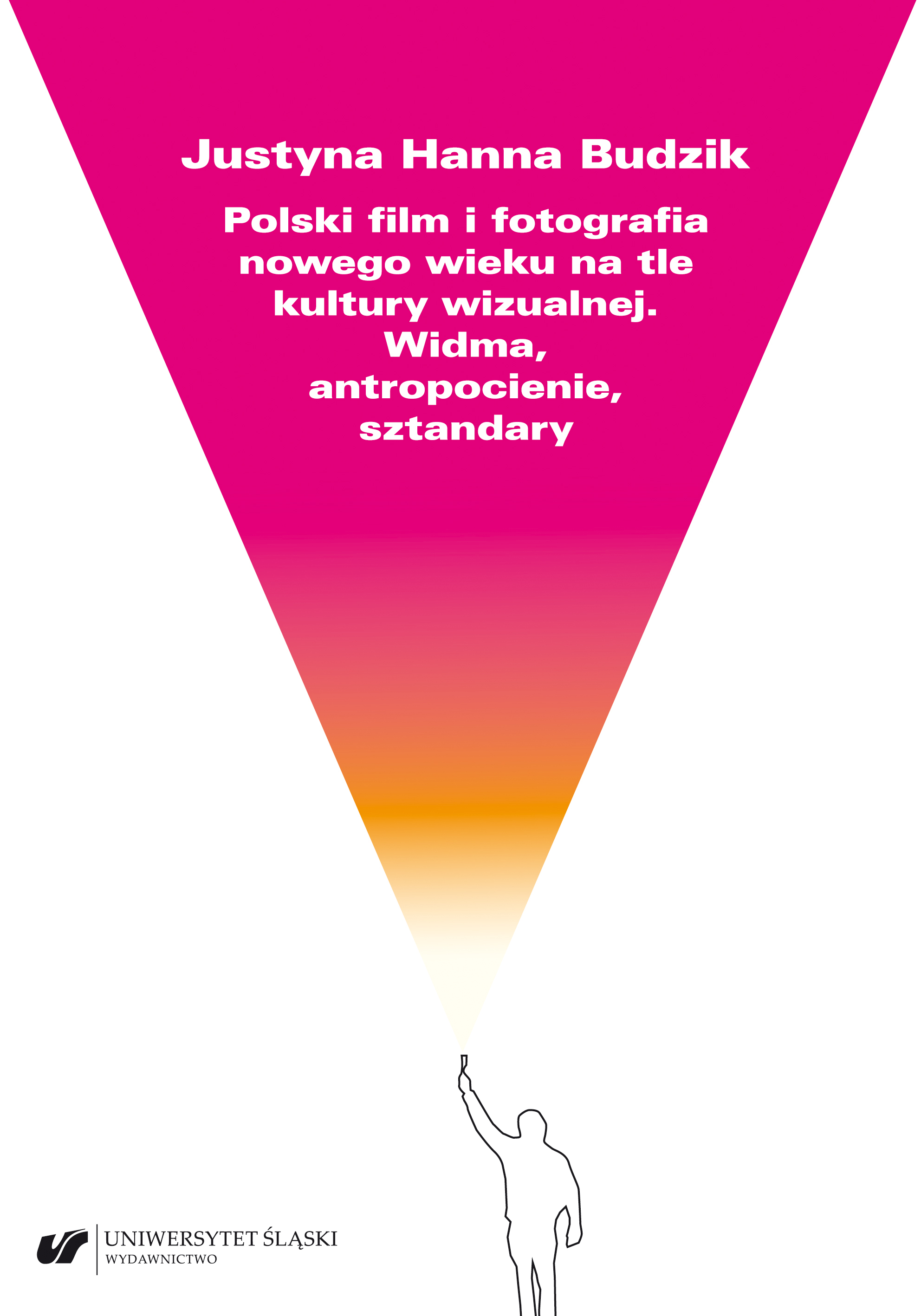
The book covers the findings of research on the 21st century Polish film and photography. For the purposes of this study, the terms film and photography are broadly understood and rooted in the culture studies perspective. Due to such framing, the author combines studies on fiction, documentary, short and feature-length films as well as documentary and staged photographs. The presented readings are created around three main categories of images, which are: spectres, shadows of the anthropos and banners.
More...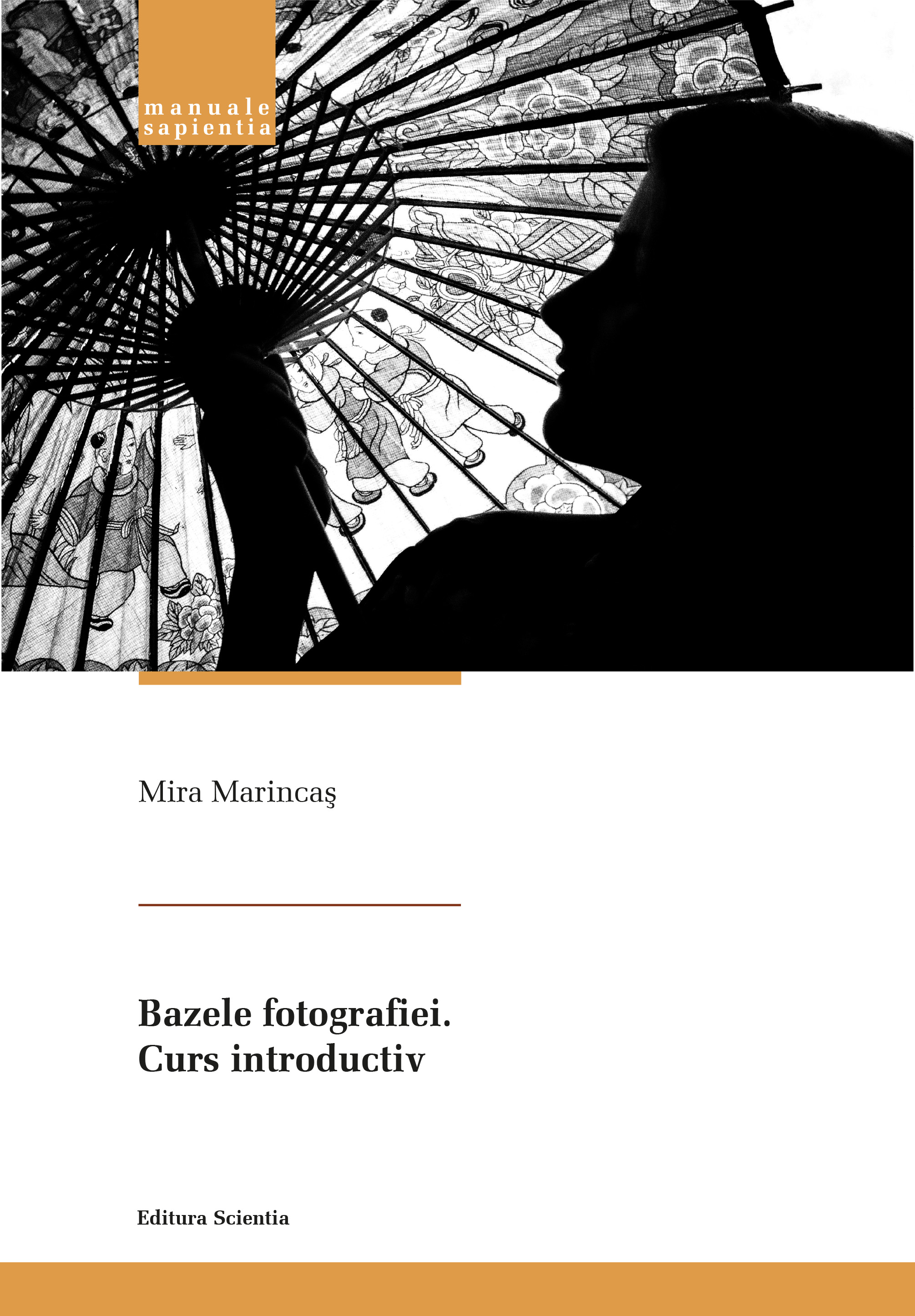
The handbook comprises two major parts: an introduction to the technical side of photography (with the simplest ways of understanding and seeking information for one’s personal technical development) and an in-depth part of critical perception, image analysis, and deep study of the fields of photography. The book set out to establish a guideline for individual study, but more importantly for a perpetual pendulum swinging between the duality a student of photography faces, in particular: technique versus content, making versus theorizing the image. Not all students will become photographers, most of them will follow other, more attractive lines of study offered by this department, such as directing and camera operator, and some will be theorists or historians of photography. As a basic course that covers both aspects, it was a stylistic challenge to make a readable transition to simplicity, equally including descriptive elements for recommended body attire while making a photograph and introductory notions of John Berger’s or Susan Sontag’s philosophy. Sometimes the footnotes, containing extensive biographical data regarding the artist’s life, are meant to shorten the time needed for contextualization; an artist’s work is largely and organically influenced by their personal life. Thus deeper understanding can exist if we perceive not only the work but also the person in the same interpretive frame. Analogue photography, a shift towards going back to the roots, is also present, as it is the basis of the photography course in the second year of study. Although presented only schematically, the techniques are meant to put what is important, the individual artistic expression, into a well-outlined framework. The recommended bibliography and filmography offer opportunities for individual immersion as well as an opening to new territories unexplored in this photography course – one that will be written by the next generation. The illustrations in the book are iconic references to the history of photography, joined by some photography exercises by university students. As an educator, I feel fulfilled promoting the students’ work and feel indebted to them for their interest and passion for photography. Without them, this handbook would be meaningless.
More...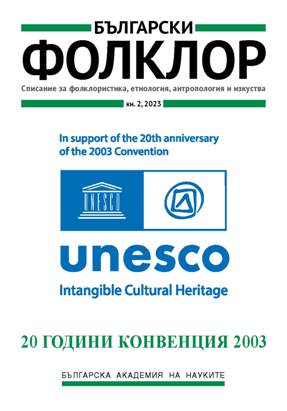

The article presents the specific dimensions of the “garden as a workshop” developed by the Bulgarian immigrant gardeners in Hungary at the end of the 19th and the beginning of the 20th century. The importance of various factors (availability of land, water resources and urban markets, etc.) is outlined. These influenced the arrival and settlement of gardeners in the Habsburg Empire, but also – with the new approaches to cultivating the land and placing the produce – testify to a specific process of modernization in theterrain of agriculture. The article highlights the significant role of Bulgarian gardeners in this process, thanks to which they could not only establish themselves and respond to the new social demands, but also laid the foundations for their long-term presence and interaction with Hungarian society.
More...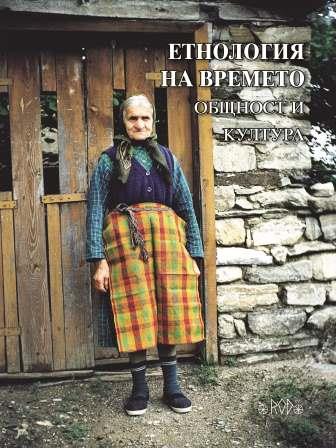
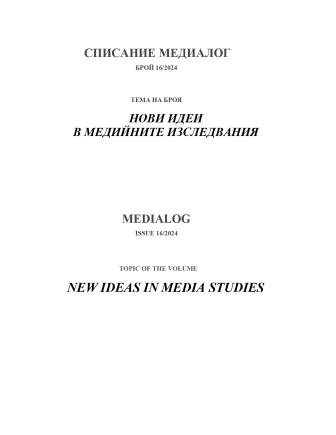
This review presents Martin Marinos's Free to Hate: How Media Liberalization Enabled Right-Wing Populism in Post-1989 Bulgaria (University of Illinois Press, 2023). Marinos's in-depth analysis reveals the close link between the media and the rise of right-wing populism in post-socialist Bulgaria. Marinos focuses on the connections between phenomena such as neoliberalism, racism, populism, and media commercialization.
More...
44 scientists participated in the International Scientific Conference dedicated to Prof. Ivaylo Dichev, on the topic: Pop-culture, Pop-politics: The Digital Turn. Interdisciplinary Analyses Of The Intersectionality Between Media, Cultures And Politics. The conference concludes the research project "Pop-culture, pop-politics: The digital turn. Interdisciplinary analyses of the intersection between media, cultures and politics" of the Sofia University. The conference was implemented with the help of the Cultural Studies Network, the journal "Seminar_BG", the Department of "Radio and Television" of the Faculty of Journalism and Mass Communication, and the Department of "History and Theory of Culture" at the Faculty of Philosophy, together with scientists from the Institute of Philosophy and Sociology of the Bulgarian Academy of Sciences.
More...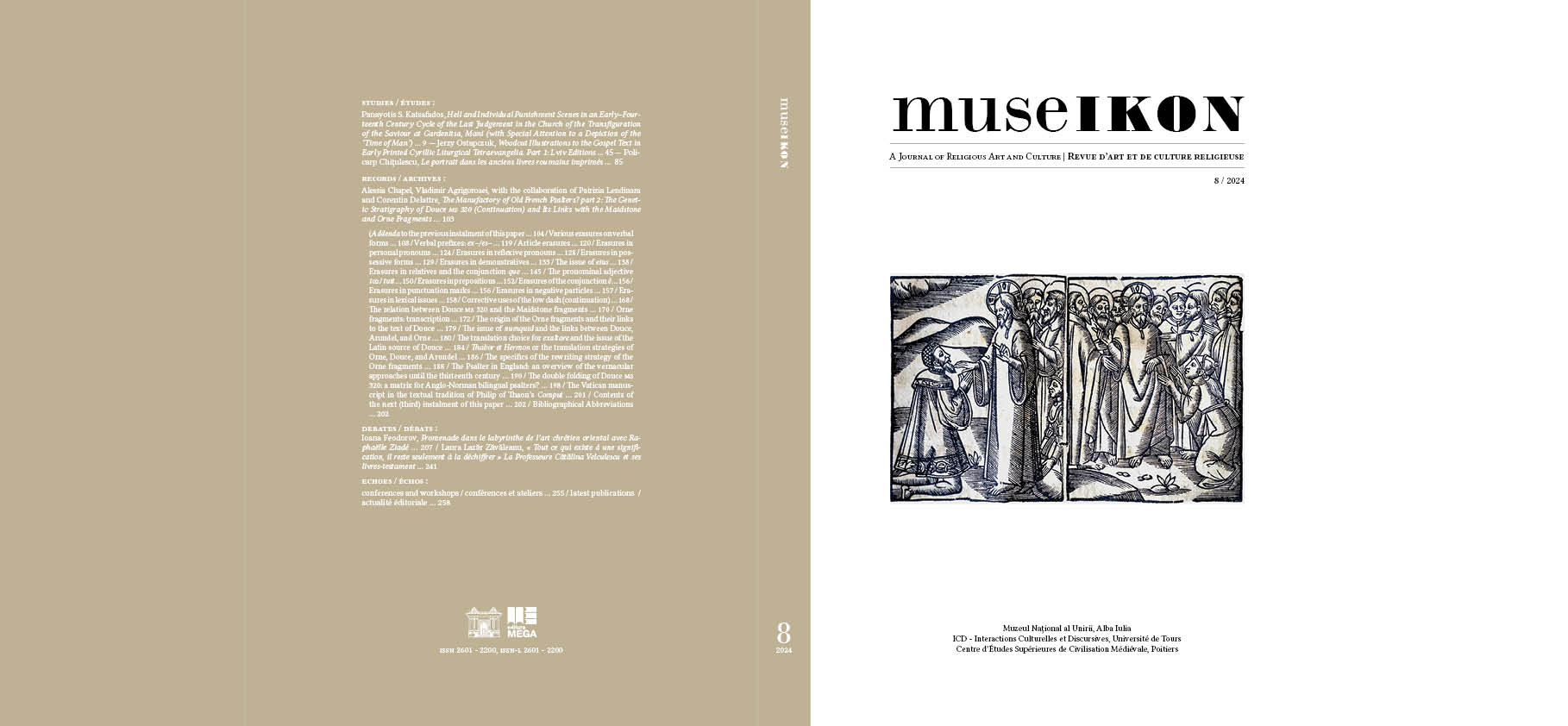
L’une des plus curieuses représentations du cycle du Jugement dernier de la péninsule de Mani (La-conie) peut être admirée dans le narthex de l’église de la Transfiguration, dans le village de Gardenitsa. Les représentations des pécheurs ont été initialement attribuées à un artiste du xviiie siècle, mais des travaux de restauration récents ont remis en question l’ancienne datation en faveur du xve siècle. L’Auteur montre, grâce à une analyse paléographique, que les caractéristiques des lettres et un certain nombre de particularités stylistiques peuvent être attribuées à un peintre local, Nomikos, dont l’oeuvre comprend d’autres églises peintes dans la région au début du xive siècle : l’église Saint-Georges à Marasse / Kitta, l’église Saint-Nicolas à Nymphi et le catholicon du monastère de Phaneromeni. Les peintures et les inscriptions de Gardenitsa pourraient être datées d’environ 1326/1327 et elles seraient, peut-être, parmi les dernières créations du peintre Nomikos. Contrairement aux châtiments individuels de pécheurs tels qu’on les connaît dans les peintures crétoises, chypriotes ou même serbes, le cycle peint sur la voûte ouest de l’église de Gardenitsa présente quelques traits qui le particularisent. Dans les huit cadres, regroupés en deux groupes de quatre sur les côtés nord et sud de la voûte, l’accent est sou-vent mis sur le clergé et les personnes qui lui sont liées (les femmes des prêtres, par exemple). Il n’y a pas de péchés de nature agricole ou familiale, et l’une des scènes représente un personnage mystérieux, ac-compagné d’une inscription qui se réfère au ‘Temps de l’homme’. C’est d’ailleurs la seule représentation d’un pé-cheur à Gardenitsa qui ne trouve pas de terme de comparaison dans les cycles de pécheurs d’autres régions du Commonwealth byzantin. L'auteur identifie un certain nombre de modèles qui semblent avoir fusionné pour créer une représentation entièrement nouvelle. Le premier est certainement la parabole du mauvais riche et de Lazare, dont la place est souvent parmi les scènes accompagnant le Jugement dernier, sauf que le riche représenté à Gardenitsa ne conserve que certaines caractéristiques iconographiques de la scène attendue. Une autre image qui semble avoir été utilisée dans la scène de Gardenitsa peut être celle de l’homme poursuivi par une licorne dans une parabole de l’histoire de Barlaam et Josaphat. L’arbre sur lequel s’appuie le riche de Gardenitsa et les deux chiens noir et blanc (au lieu des souris), symbolisant le jour et la nuit, sont des éléments qui semblent avoir été repris de cet autre modèle. Le troisième modèle pourrait être une série d’images que l’on retrouve dans des psautiers occidentaux. Après un inventaire succinct d’autres représentations occidentalisantes retrouvées dans la péninsule de Mani ou dans le reste du Péloponnèse, l’auteur conclut que les modèles fusionnés par l’artiste de Gardenitsa proviennent de manuscrits. Il pourrait s’agir des mêmes manuscrits que le donateur (aujourd’hui anonyme) semble offrir au Christ dans la scène votive. On suppose que ce fondateur est peut-être à l’origine des innovations iconographiques en question.
More...
